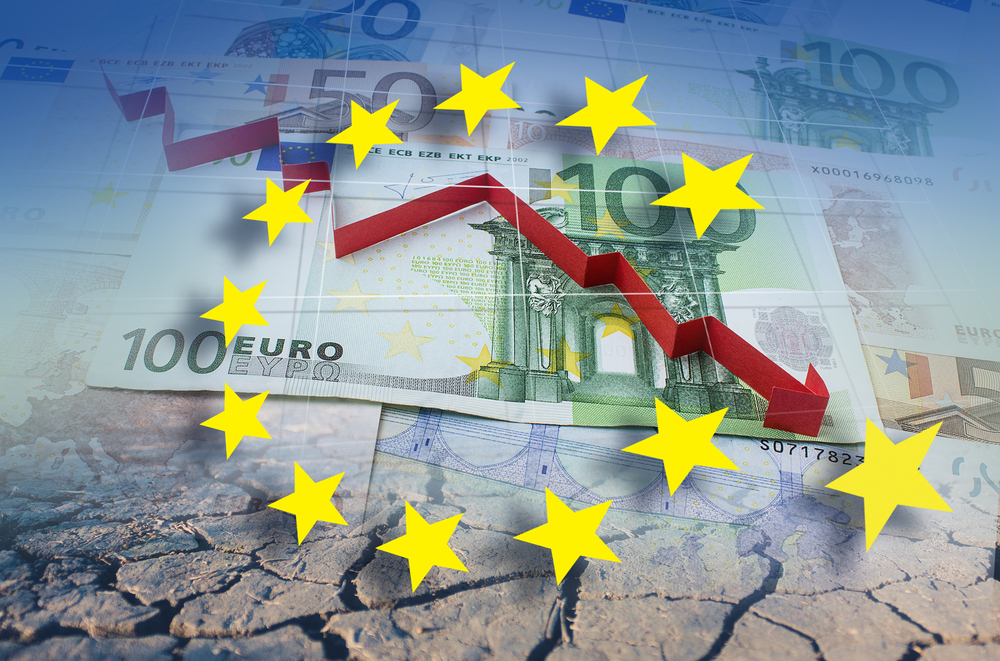

This article is only available to Macro Hive subscribers. Sign-up to receive world-class macro analysis with a daily curated newsletter, podcast, original content from award-winning researchers, cross market strategy, equity insights, trade ideas, crypto flow frameworks, academic paper summaries, explanation and analysis of market-moving events, community investor chat room, and more.
Summary
- Rather than rate spreads, risk markets have driven recent EUR/USD performance. Given we expect risk to struggle ahead, we are bearish the euro.
- Should the Fed’s SEP scenario for core PCE materialize in 2024, we could enter a ‘lowflation’ regime – and the Fed will cut aggressively to prevent that.
- Hedge funds have added to net-short UST positioning, leaving them at extreme levels as 2024 begins.
- Where 2023 was the year of the carry trade, 2024 will be about value. And on a PPP basis, JPY has the most room to appreciate in G10 FX.
What Is Driving EUR/USD?
Risk markets are driving euro performance. For example, the S&P 500 rally coincided with the euro rally and dollar weakness (Chart 1). As Bilal argues, this suggests the euro is acting more like a ‘risk-on/risk-off’ currency than a ‘rate-spread’ one – unsurprisingly given the cycle similarities between the US and Europe.
What next for EUR/USD, then? After an impressive Q4, we think risk could lose steam. US stocks typically struggle to exceed 1.5 std dev. three-month gains, and Q1 seasonals are poor. Therefore, with risk in the driving seat, we are bearish on EUR/USD and see it trading towards 1.07.
The Fed’s Newest Worry: ‘Lowflation’
Historically, core PCE has (almost) never been at +2.4% YoY as the Fed’s SEP expects in 2024. It has been either below 2% or much higher – consistent with a ‘regime’ view of inflation (Chart 2). The SEP inflation scenario, if it materializes, is therefore likely to become a return to the pre-pandemic chronically underperforming inflation.
A return to ‘lowflation’ would see many more 2024 cuts than the 75bp in the SEP as the Fed’s resolve to fight it is likely as strong as before the pandemic. Accordingly, Dominique thinks a 50bp cut in March is possible, against consensus expectations of 25bp.
Hedge Funds Stay Extremely Net Short in USTs
Since adding to positions over the past two weeks, hedge funds remain in extreme UST net shorts (Chart 3). On the strategic front, we see better value playing the slope of the curve via a UST 5s10s steepener. Meanwhile, as Ben reveals, real money have added to US T-bond and 10Y net longs but pared 2Y and 5Y net longs over the past three weeks (Chart 4).
JPY Is the Most Undervalued G10 FX Currency
2023 was the year of the carry trade. But carry will suffer in 2024 as yield spreads narrow. Instead, 2024 will be the year of the value trade. So which currency is set to benefit most? A simple measure, purchasing power parity, suggests JPY is most undervalued (76.1%) in G10 FX and could therefore appreciate in 2024.
Matthew Tibble is Commissioning Editor at Macro Hive. He has worked as an editorial consultant and freelance editor for companies such as RiskThinking.AI, JDI Research, and FutureScape248.
